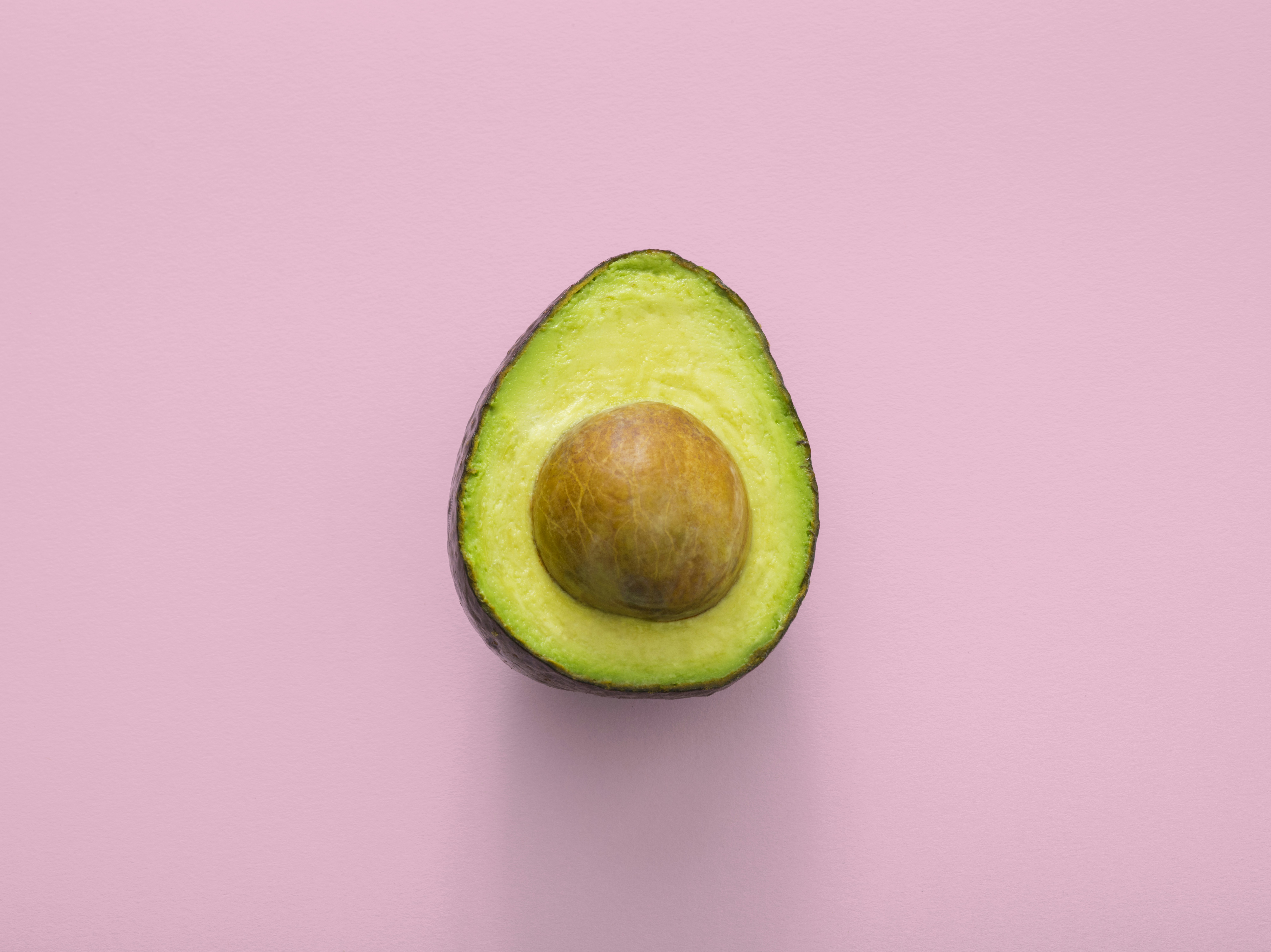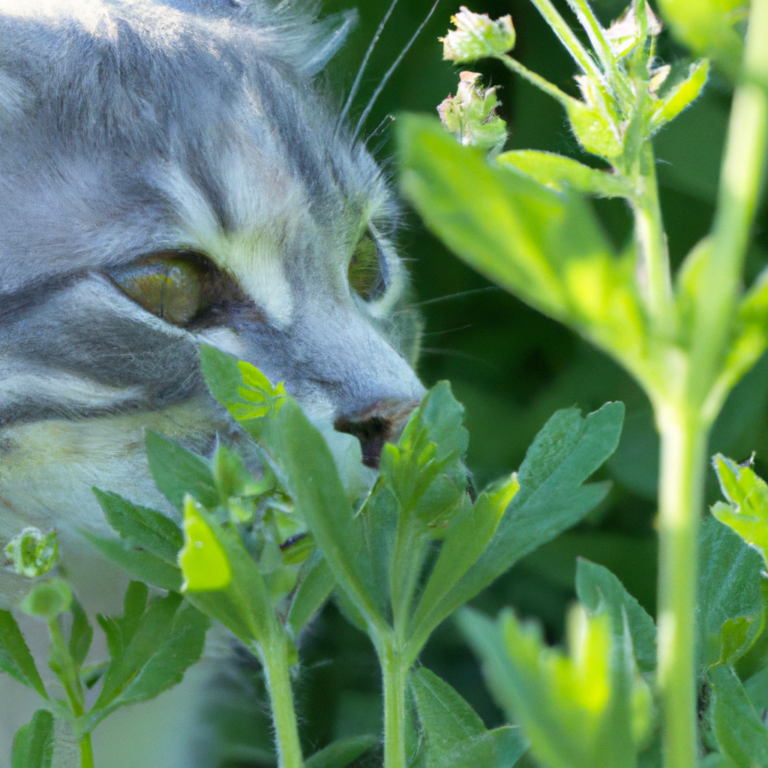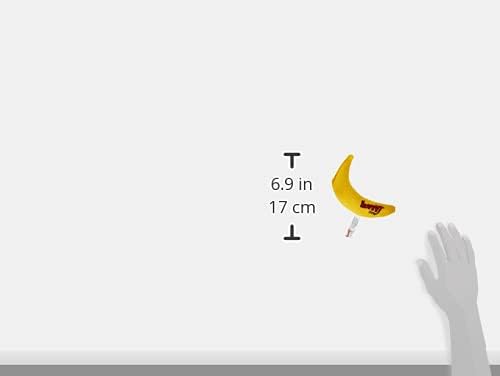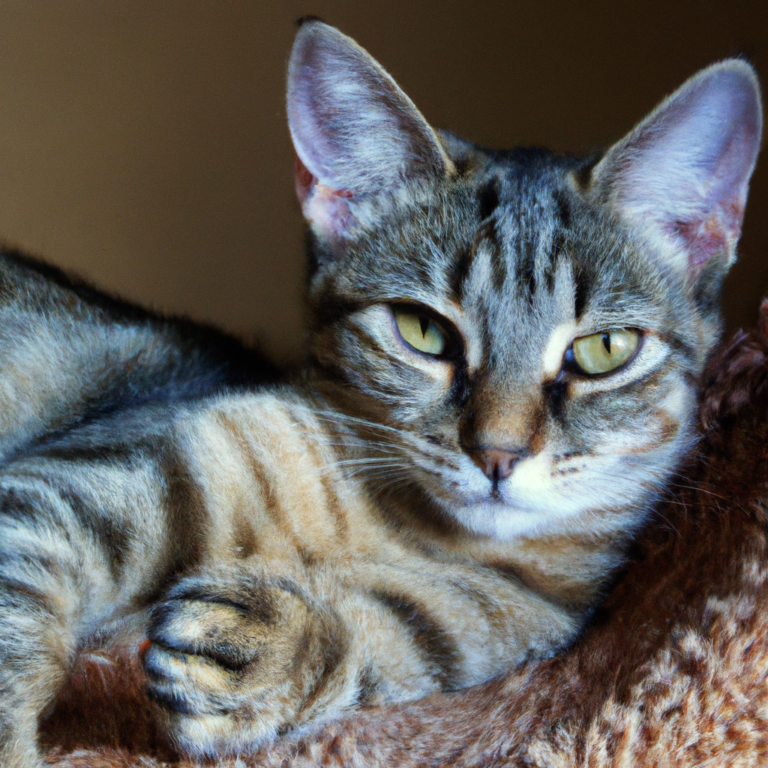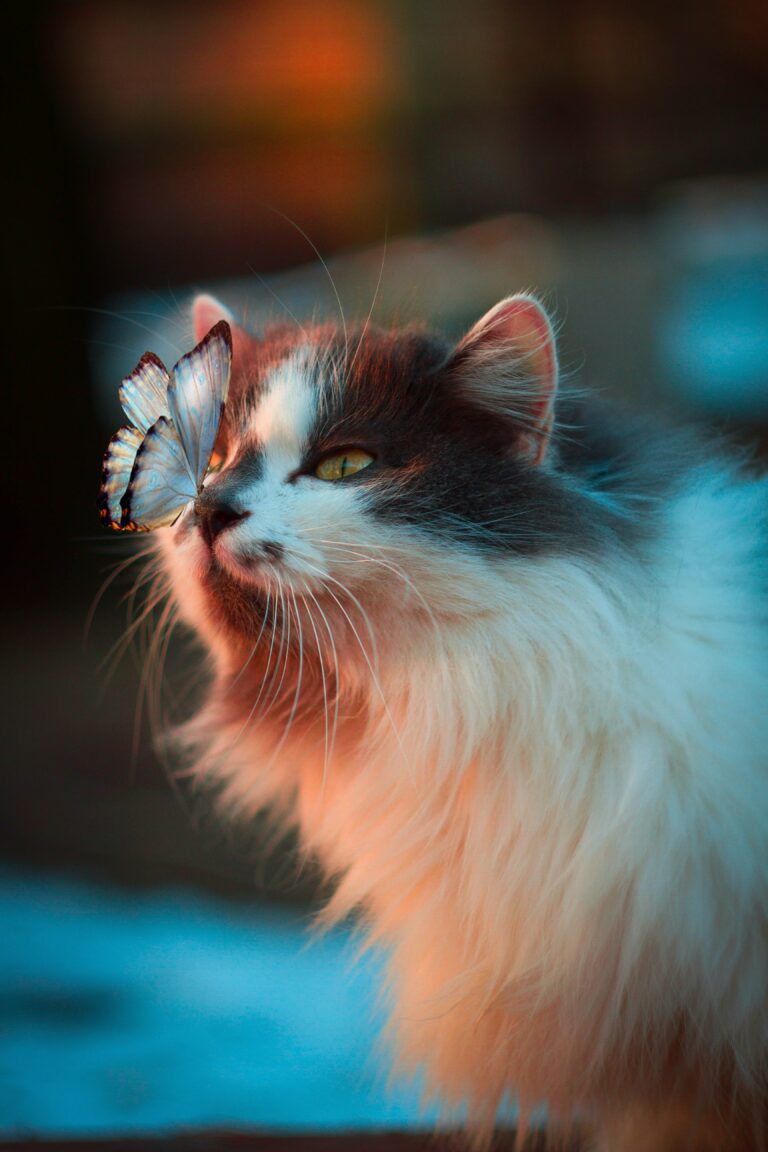Why Is There A Shortage Of Dry Cat Food
Have you recently noticed a shortage of dry cat food on store shelves? If so, you’re not alone. It seems that there is an unexpected and puzzling shortage of dry cat food in the market. This sudden scarcity has led many cat owners to wonder why this is happening and what can be done to address the issue. In this article, we will explore some possible reasons behind the shortage of dry cat food and offer insights into how pet owners can navigate this challenging situation. So, grab a cup of tea, sit back, and let’s uncover the mystery together.

High demand for dry cat food
Growth in cat ownership
The demand for dry cat food has been on the rise due to the increasing number of people owning cats. Cats make wonderful pets and are known for their independent nature and low maintenance. As more people are becoming cat owners, the demand for cat food, especially dry cat food, has soared.
Preference for convenience
Another reason for the high demand for dry cat food is the preference for convenience by cat owners. Dry cat food is easy to store, requires no refrigeration, and can be easily measured and served. It provides a hassle-free feeding option for busy cat owners who may not have the time to prepare fresh meals for their pets.
Long shelf life
Dry cat food has the advantage of a long shelf life compared to wet cat food. It can be stored for an extended period without spoiling, making it a practical choice for cat owners who want to buy in bulk and save money. The convenience and longevity of dry cat food have contributed to its increased demand in the market.
Supply chain disruptions
Raw materials shortage
One of the major factors contributing to the shortage of dry cat food is the shortage of raw materials. Dry cat food is typically made using a combination of grains, meat by-products, and other ingredients. However, the scarcity of certain raw materials due to various reasons, such as extreme weather conditions or disruptions in supply chains, has led to difficulties in producing sufficient quantities of dry cat food.
Transportation challenges
The transportation industry has faced numerous challenges, including driver shortages, fuel price increases, and limited availability of shipping containers. These issues have caused delays and disruptions in the supply chain, affecting the timely delivery of raw materials and finished cat food products to retailers and distributors. The transportation challenges have played a significant role in the scarcity of dry cat food in the market.
Labor shortages
Another crucial factor contributing to the shortage of dry cat food is the labor shortages faced by manufacturers. The COVID-19 pandemic has caused disruptions in labor availability due to illness, quarantine measures, or restrictions on movement. With a reduced workforce, manufacturers have struggled to meet the increased demand for dry cat food, leading to supply constraints.
Production constraints
Alongside labor shortages, manufacturing facilities have faced closure or reduced capacity due to the pandemic. Social distancing measures and health guidelines have impacted production lines, slowing down the manufacturing process. This reduction in production capacity has further exacerbated the shortage of dry cat food as manufacturers struggle to meet the growing demand.
Impact of the COVID-19 pandemic
Closure of manufacturing facilities
The COVID-19 pandemic has forced many manufacturing facilities to temporarily shut down or reduce their operations to ensure the safety of their employees. This closure has disrupted the production and supply chain of dry cat food, resulting in a shortage of available products in the market.
Disruption in distribution channels
The pandemic has also disrupted distribution channels across the cat food industry. Restrictions on travel, lockdown measures, and reduced transportation capacity have made it challenging to distribute dry cat food products efficiently. The disruptions in distribution have further amplified the scarcity of dry cat food, leaving store shelves empty and consumers struggling to find their preferred brands.
Increase in pet ownership
During the pandemic, many people turned to pet ownership for companionship and stress relief. This surge in pet ownership, including cats, has created a higher demand for cat food, including dry cat food. The sudden increase in the number of cat owners has put additional strain on the already disrupted supply chain, exacerbating the shortage.
Shift in consumer spending
The COVID-19 pandemic has affected the economy, leading to changes in consumer spending patterns. With uncertainties surrounding jobs and income, many consumers have shifted their spending priorities. While some may still prioritize pet care, others may have limited their purchases of non-essential items like dry cat food. This shift in consumer spending poses challenges for manufacturers and retailers to meet the varied demands of the market.
Increased competition in the market
New product launches
Despite the challenges faced by the industry, there have been new product launches in the dry cat food market. As the demand for dry cat food continues to grow, companies are introducing new and innovative products to cater to consumers’ preferences. These new product launches have added more competition to the market, making it even more challenging for manufacturers to keep up with the demand.
Expansion of existing brands
Existing brands in the dry cat food industry are also expanding their product lines to meet the increasing demand. They are introducing new flavors, formulations, and packaging options to provide more choices for consumers. While this expansion is aimed at meeting the rising demand, it also puts pressure on the supply chain by requiring more resources and production capabilities.
Pressure on raw material suppliers
With the increased demand and competition, raw material suppliers are facing pressure to meet the growing needs of dry cat food manufacturers. The scarcity of specific ingredients, such as grains or meat by-products, adds to the challenge faced by suppliers. Meeting the demand while maintaining the highest quality standards and adhering to ethical sourcing practices becomes more critical as the industry seeks to address the shortage of dry cat food.
Issues with ingredient sourcing
Difficulty in procuring specific ingredients
The scarcity of specific ingredients has become a significant issue in the production of dry cat food. Whether due to weather-related challenges, crop failures, or fluctuations in demand, sourcing certain ingredients has become increasingly difficult. Manufacturers must navigate these supply chain complexities to ensure they can maintain consistent production and availability of dry cat food.
Reliance on foreign suppliers
Many dry cat food manufacturers rely on foreign suppliers for specific ingredients. While global suppliers can provide cost-effective options, disruptions in international trade, political instability, or unforeseen events like natural disasters can impact the accessibility and reliability of these foreign suppliers. The reliance on foreign suppliers adds another layer of complexity to the sourcing process, further contributing to the shortage of dry cat food.
Quality control and recalls
Safety concerns
Ensuring the safety and quality of dry cat food products is of utmost importance to manufacturers and consumers alike. However, with the increased pressure to meet demand and potential disruptions within the supply chain, there can be concerns regarding the safety of the ingredients used and the overall product quality. These safety concerns can lead to additional quality control measures that may further slow down production and contribute to the shortage.
Product recalls
Any concerns regarding the safety or quality of dry cat food can result in product recalls. Recalls not only create inconvenience for cat owners but also impact the reputation and trustworthiness of the manufacturers. In cases where recalls occur, the availability of dry cat food can be further limited, aggravating the shortage and leaving consumers with fewer options.
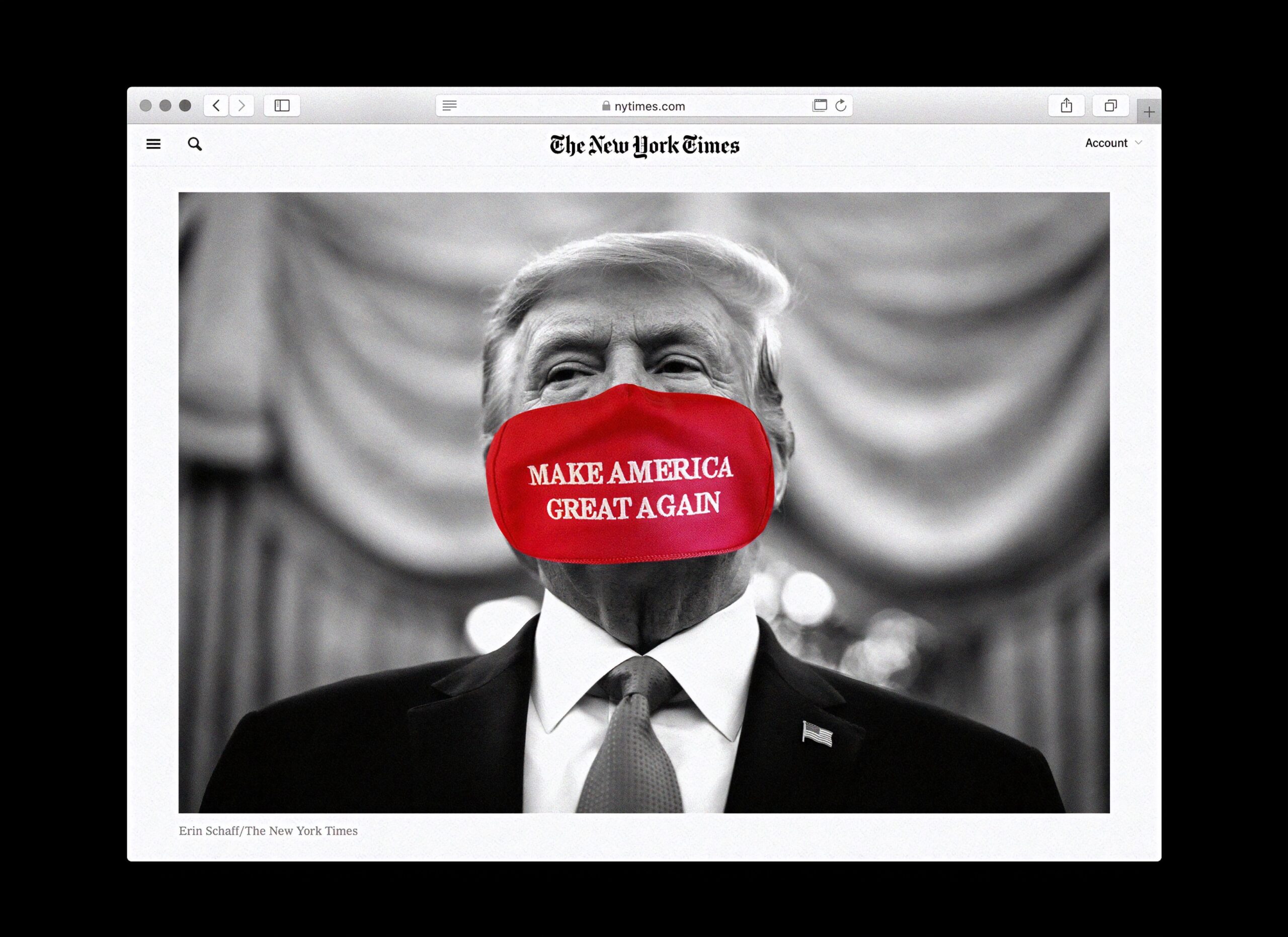
Environmental factors
Weather-related challenges
Extreme weather events, such as droughts, floods, or heatwaves, can greatly impact the availability and cost of ingredients used in dry cat food production. Crop failures due to adverse weather conditions can lead to shortages and affect the overall supply chain. With climate change bringing increased unpredictability and frequency of extreme weather, these challenges are likely to persist, making it more difficult to meet the demand for dry cat food.
Crop failures affecting ingredients
Dry cat food production relies on various agricultural crops, such as corn, wheat, or soybeans. Crop failures caused by diseases, pests, or unfavorable weather conditions can significantly affect the availability and quality of these essential ingredients. When crop yields are low, manufacturers face difficulties in obtaining the necessary ingredients, impacting their ability to produce sufficient quantities of dry cat food.
Changing consumer preferences
Shift towards wet food
While dry cat food has been in high demand, there has also been a notable shift towards wet cat food among some consumers. The preference for wet food, which is often perceived as having higher moisture content and a closer resemblance to a cat’s natural diet, has created a diversified market. This shift in consumer preferences away from dry cat food may alleviate some of the pressure on its supply chain but also requires manufacturers to adjust their production accordingly.
Demand for natural and organic options
Along with a shift towards wet cat food, consumers are also increasingly interested in natural and organic options for their cats. They seek products with minimal processing and higher quality ingredients, which may be challenging for manufacturers to meet on a large scale. Meeting this demand for natural and organic options may require additional sourcing and production considerations, further impacting the availability of dry cat food.
Price fluctuations
Volatile cost of raw materials
The cost of raw materials used in dry cat food production can be volatile, influenced by various factors such as weather conditions, global market trends, or trade policies. Fluctuations in the cost of ingredients can impact the overall production cost of dry cat food and potentially affect its availability and affordability. Manufacturers may be forced to adjust their pricing or face challenges in maintaining consistent production during periods of cost volatility.
Inflation and economic factors
Inflation and economic factors can also contribute to price fluctuations in the dry cat food market. Economic downturns or inflationary pressures can lead to higher production costs, including labor, transportation, and packaging. These increased costs can translate into higher prices for dry cat food, potentially affecting consumer purchasing decisions and exacerbating the shortage if affordability becomes a barrier for some cat owners.
Regulatory hurdles
Stringent food safety regulations
The cat food industry is subject to strict food safety regulations to ensure the quality and safety of products. These regulations aim to protect both pets and consumers from potential health risks. However, the stringent requirements can pose challenges for manufacturers, especially smaller players, who may struggle to comply with the complex and evolving regulatory landscape. Non-compliance can lead to production delays or even fines, impacting the overall supply of dry cat food.
Labeling and packaging requirements
In addition to food safety regulations, labeling and packaging requirements must be met for dry cat food products. Clear and accurate labeling is essential for consumers to make informed choices about the products they purchase for their cats. Complying with these requirements can create additional administrative burdens for manufacturers, potentially impacting their ability to meet the demand for dry cat food.
In conclusion, the shortage of dry cat food can be attributed to factors such as the increasing growth in cat ownership, preference for convenience, supply chain disruptions, the impact of the COVID-19 pandemic, increased competition, issues with ingredient sourcing, quality control and recalls, environmental factors, changing consumer preferences, price fluctuations, and regulatory hurdles. Understanding these various factors can help cat owners and industry stakeholders navigate the current shortage and explore potential solutions for ensuring a consistent and reliable supply of dry cat food in the future.


